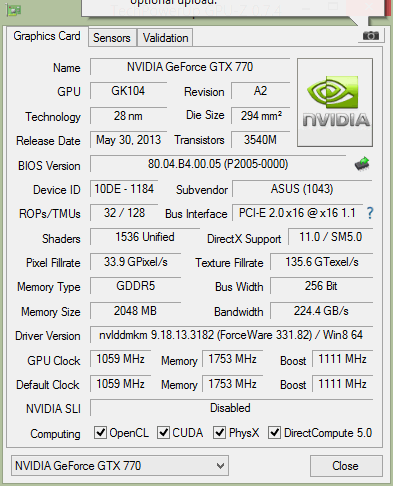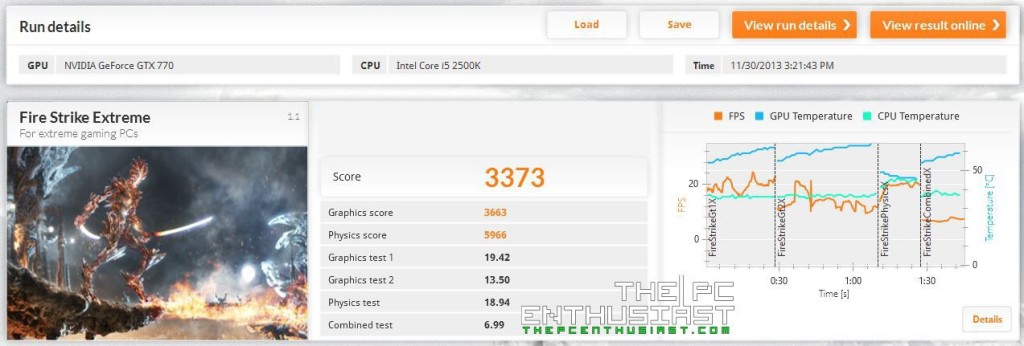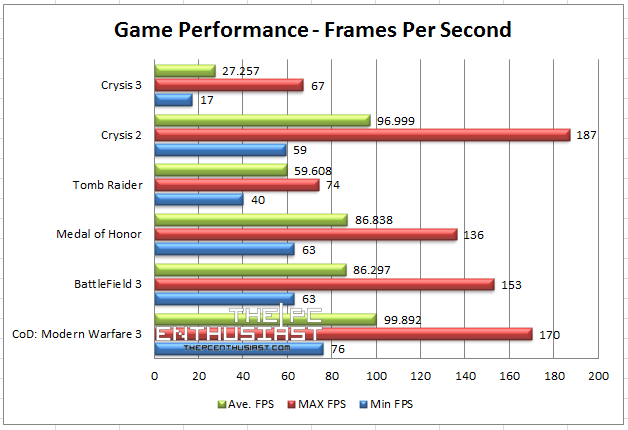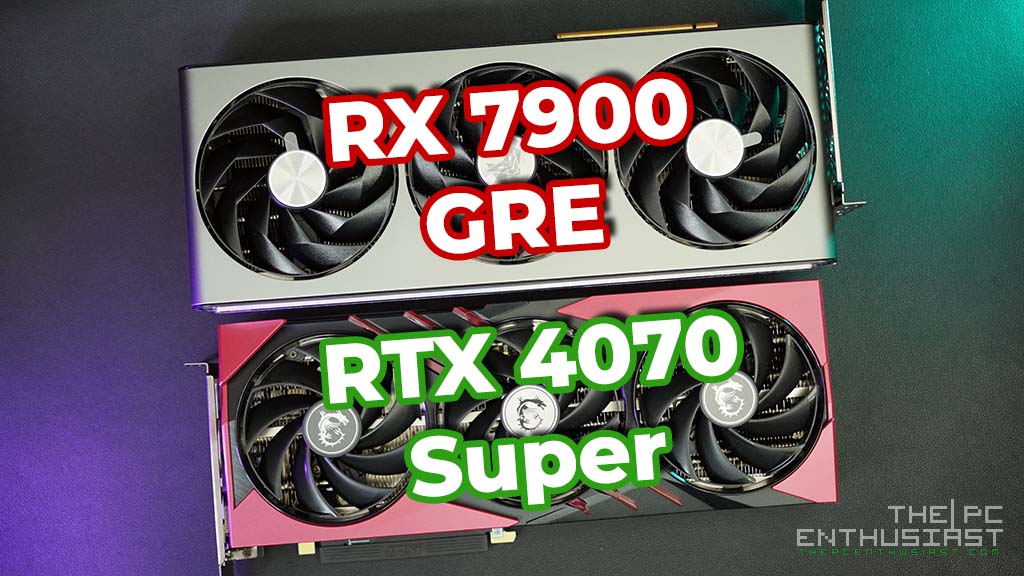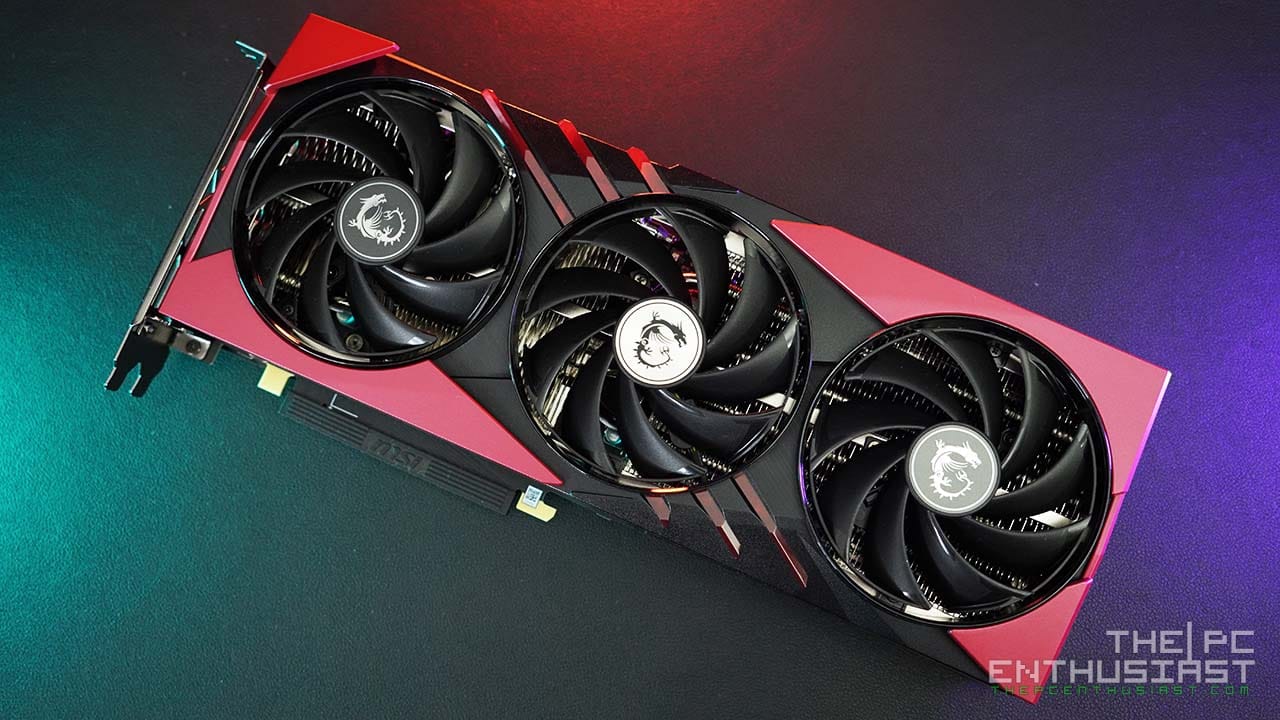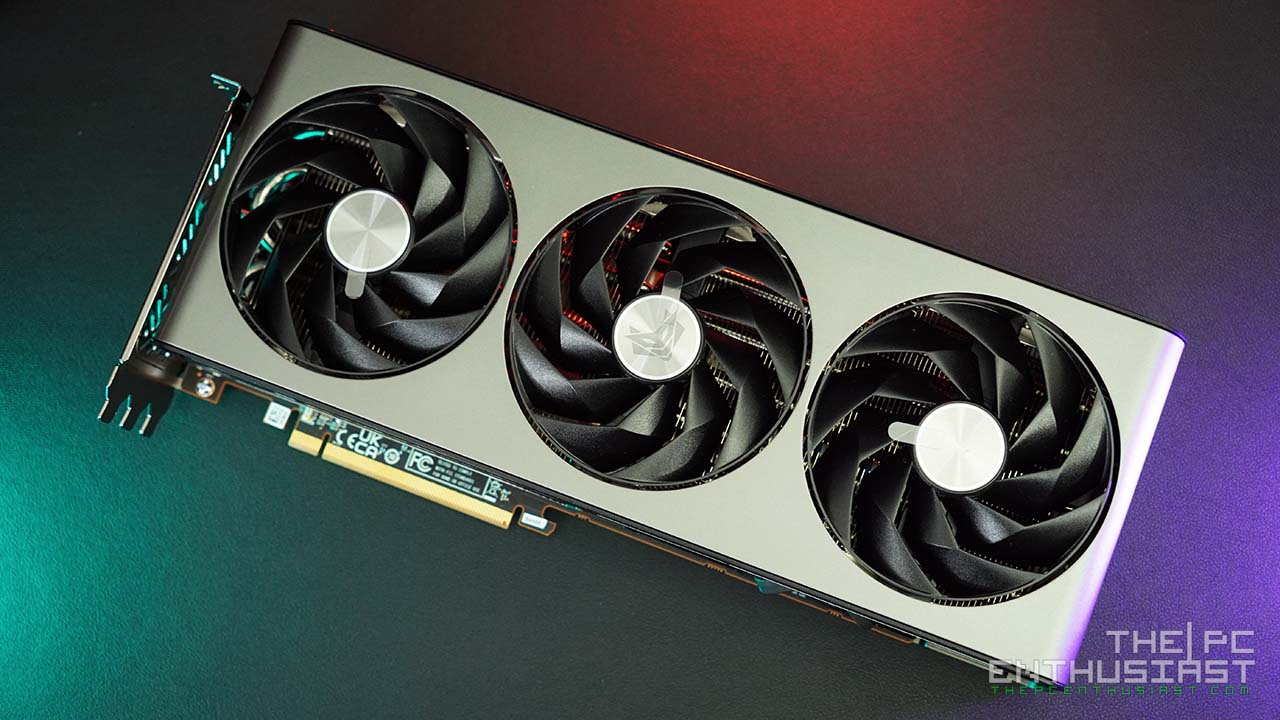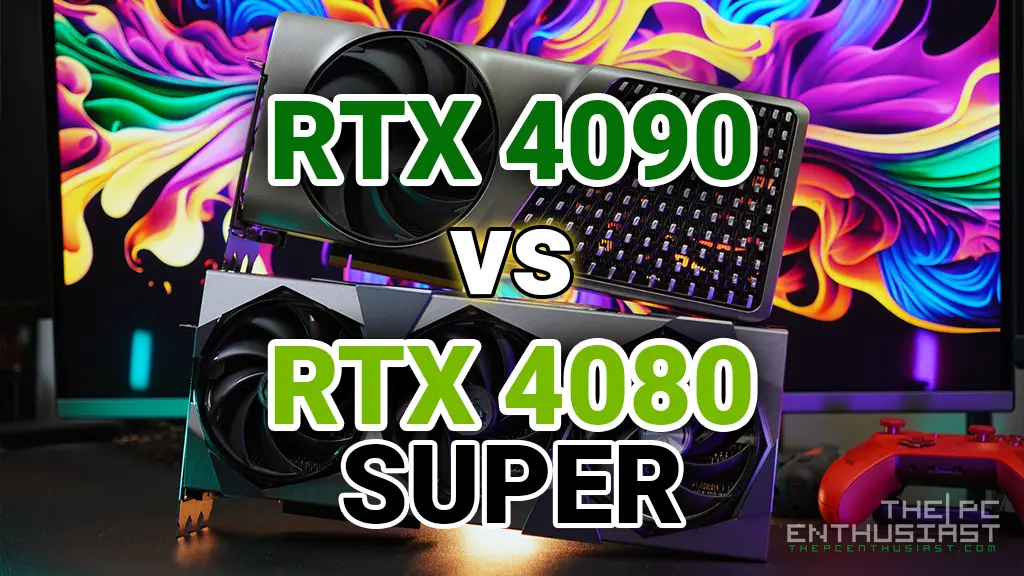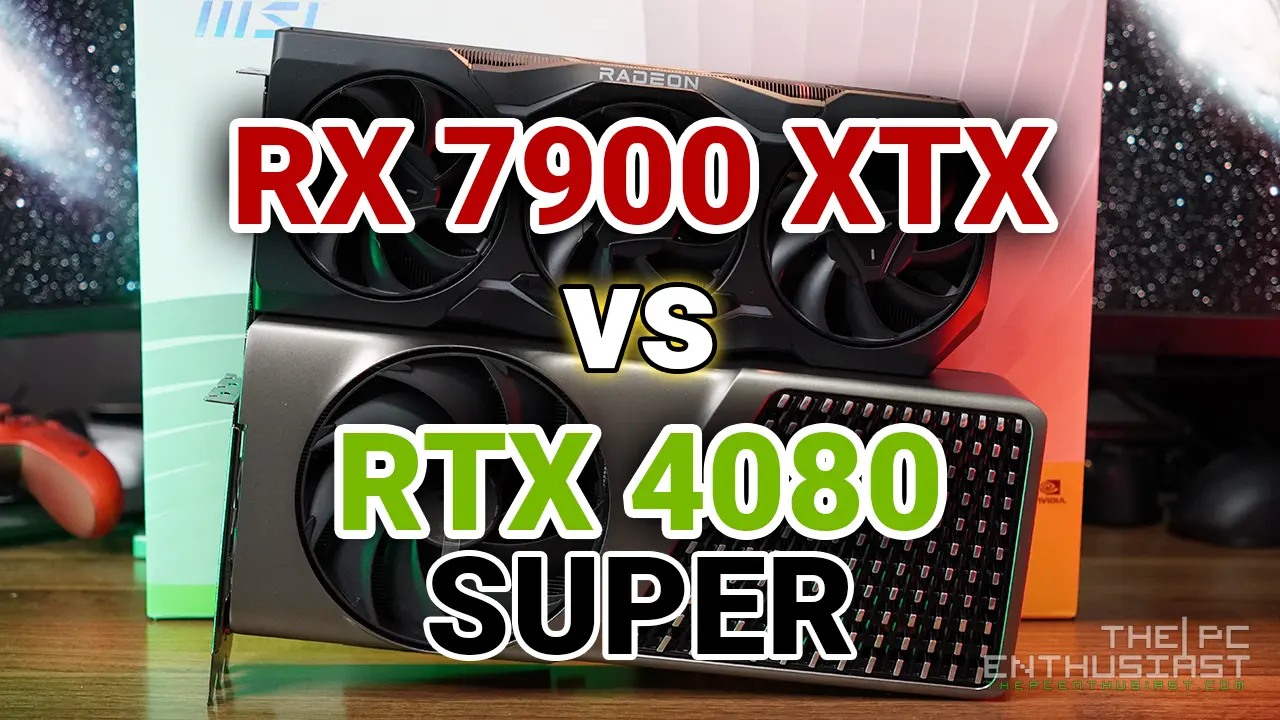Test Setup
Like I said earlier, the Asus GTX 770-DC2OC-2GD5 comes with a factory overclock settings, meaning it’s base and boost clock are higher compared to reference GTX 770 cards. But Asus only overclocked the card a tad higher than the reference speeds, this means you can still push the settings higher via the GPU Tweak. This involves a stable and powerful power supply, a good mix of the clock speed, voltage and fan speed. In this review, I haven’t overclocked the Asus GTX 770 any further since my PSU might not be able to carry more load; and so that we would know how good this card is out of the box.
Below are the following components I used to test the Asus GTX770-DC2OC-2GD5:
Operating System: Windows 8 Pro 64-bit
Motherboard: Asus P8H67-M EVO
Processor: Intel Core i5-2500K (Sandy Bridge) slightly OC to 3.3GHz
Memory: 2x 4GB G.Skill RipJaws X and 1x 4GB Corsair Vengeance (total 12GB)
Graphics Card: Asus GTX760-DC2OC-2GD5 2GB
Hard Drive: Samsung 830 128GB for the OS, and Seagate 320GB where the games are installed
Power Supply: Corsair HX650 80 Plus Gold
Case: Cooler Master HAF XM
Case Fans Installed: 3x Cooler Master SickleFlow 120mm, 1x Corsair SP 120 High Performance 120mm (for CPU), 1x stock Cooler Master 200mm fan
The system that I am using is quite old, but this only proves that if you are still coming from a Sandy Bridge setup with similar specifications, and your major purpose is for gaming alone, then there is no need to upgrade to Ivy Bridge or even Haswell just yet. Upgrading to the latest graphics card would be sufficient. Just don’t pair a fast graphics card with a slow processor, otherwise you will hit bottleneck and would cripple the graphics card’s performance.
For the software, I used FRAPS and TechPowerUp’s GPU-Z to monitor and record the card’s temperature, min/max/average frames per second, power consumption, fan speed and other statistics. This time I am using a newer version of driver since NVIDIA recently rolled out an update. I have updated the driver to NVIDIA ForceWare 331.82 or nvlddmkm 9.18.13.3182 for Windows 8 64-bit operating system. Upgrading to the latest driver will help your graphics card perform better.
Asus GTX 770-DC2OC-2GD5 Benchmarks
In benchmarking the performance of the Asus GTX 770-DC2OC-2GD5 I used 3DMark Advanced (with Ice Storm, Cloud Gate and Fire Strike/Extreme). I also used Final Fantasy XIV A Realm Reborn’s official benchmark (character creation). For the real world gaming performance, I used the graphics extensive game Crysis 3, and other modern day games such as Tomb Raider, Medal of Honor, Battlefield 3, Call of Duty Modern Warfare 3 and Crysis 2.
All games are in their maximum possible settings but I decided to turn off V-Sync since it cripples the performance of the graphics card and lowers the FPS produced. I’m using a 23-inch Samsung monitor with native/max Full HD resolution 1920×1080 at 60Hz. I did observed some stuttering or tearing on the screen while playing with the V-Sync turned off, but not to the point that it would be annoying or distracting to the eyes. Turning on the V-sync would remove screen tearing but it would also decrease the graphics card’s performance.
3DMark Advanced Edition Default Benchmark Results
Comparing the Asus GTX 770 DirectCU II OC with the Asus GTX 760, we see an improvement in the Fire Strike Benchmark, from 5323 point to 6506 points. Same goes with the Fire Strike Extreme benchmark, from 2876 points to 3373 points. But it didn’t scored well in Ice Storm and Cloud Gate. I’m not really sure why, but I’m pretty sure you will get better results if you have the latest components in your system.
Real World Game Benchmarks

Based on the graph above, the Asus GTX 770 DirectCU II OC can very much handle any modern days games as expected. If we compare the Asus GTX 770 with the Asus GTX 760 DirectCU II OC edition we reviewed last time, there is a noticeable increase of performance and frame rates produced. But it is still struggling in the graphics extensive game Crysis 3, specially in some missions involving large area and a lot of visuals. 30 frames per second is okay, but not great, 60 frames per second and above are better.
The Asus GTX770-DC2OC-2GD5 also remained silent and cool during the tests and gaming sessions. Idle to little load temperature or during desktop operations are around 40 to 45 degrees Celsius. Take note that room temperature and the casing’s cooling performance also affects the card’s temperature. In full load, or 99% GPU Load, the temperature goes up to 78 degrees Celsius with its fan rotating at 85% or 2850 RPM. You can hear some noise at this point if you focus your attention on the card’s fans and not on your game, but generally it is still quite. But fan noise becomes noticeable when you set it manually to 100% full speed.

